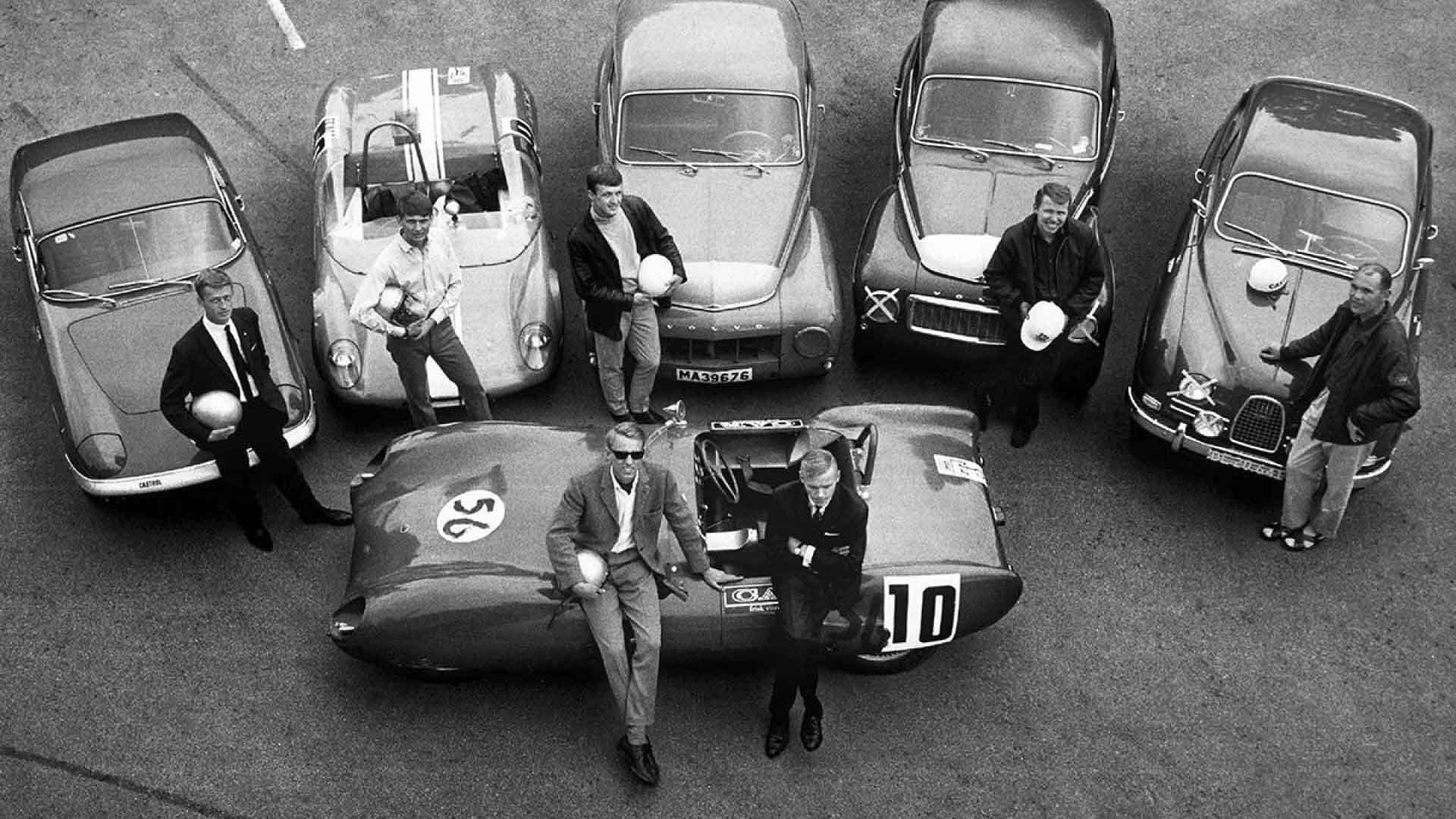Your bag is empty
Start shoppingSeverin Hansen

Erik Severin Risager-Hansen left a remarkable legacy despite a design career that lasted less than 20 years. With no formal design training, Hansen relied on intuition and a profound understanding of form to create some of the most refined and enduring pieces of the mid-century period.
Born in 1936 in Copenhagen, Erik was the youngest of three sons in a family with deep roots in furniture making. His father, Hans Severin Hansen, was born in 1903 in Thyregod and followed in his own father’s footsteps in becoming a cabinetmaker. In the 1930s, Hans established a small workshop under the name Møbelsnedkeriet Ravensborg, but the outbreak of war and subsequent economic hardship forced him to close the business. He later moved into sales, becoming a representative for Slagelse Møbelværk in Copenhagen. Charismatic and persuasive, combined with a deep knowledge and respect for the craft, Hans expanded his role over time and began commissioning small runs of furniture made in collaboration with local cabinetmakers.
By the early 1950s, growing demand led Hans to partner with two highly skilled cabinetmakers in Haslev: Henry Aunbirk and Knud Windahl Pedersen. In 1952, the trio established Haslev Møbelsnedkeri, with Hans acting as co-owner and chief salesperson, operating from his Copenhagen showroom.
Dagmar"Erik’s designs were marked by a striking simplicity, architectural precision, and a signature detail that would become his hallmark: the three-way mitred corner joint."
A Design Prodigy
In 1957, at the age of 21, Erik joined the company. Despite having no formal design training and limited woodworking experience, he possessed a natural and boundless talent for drawing and a keen sense for proportion and geometry, leading him to become Haslev’s chief designer. Sketching his drawings on large sheets of paper, Erik would then collaborate with the more experienced Windahl to translate them into technical production drawings.
Erik’s designs were marked by a striking simplicity, architectural precision, and a signature detail that would become his hallmark: the three-way mitred corner joint. This intricate joinery not only demonstrated a high level of craftsmanship but also created seamless, sculptural lines that defined the edges of his tables and desks. His debut series included the Model 36 writing desk, as well as dining tables, side tables, and dressing tables – each piece a masterclass in minimalism and clarity.

An Adventurous Spirit
Erik became co-owner of the company in 1969, but following a series of ownership changes and a shift in business direction, both he and his father left Haslev Møbelsnedkeri in 1978. Erik remained associated with the business as a consultant, but he would not return to furniture design in a professional capacity.
Beyond his design work, Erik had a passion for fast cars and motor racing. In 1962, he competed in the prestigious Monte Carlo Rally, a testament to his adventurous spirit and drive.
Though his professional output was concentrated within just two decades, Erik Severin Risager-Hansen’s contributions to Danish design remain deeply influential. His tables, especially those featuring the distinctive mitred corner, are still celebrated for their elegant restraint and precision.
Sought after by collectors and interior designers alike, they stand as enduring symbols of Danish Modernism’s ideal: where form meets function in perfect balance. Erik passed away in January 2020 at the age of 83, leaving behind a design legacy that continues to inspire and endure.

Though his professional output was concentrated within just two decades, Erik Severin Risager-Hansen’s contributions to Danish design remain deeply influential. His tables, especially those featuring the distinctive mitred corner, are still celebrated for their elegant restraint and precision.

Sought after by collectors and interior designers alike, they stand as enduring symbols of Danish Modernism’s ideal: where form meets function in perfect balance. Erik passed away in January 2020 at the age of 83, leaving behind a design legacy that continues to inspire and endure.
Products from Severin Hansen




